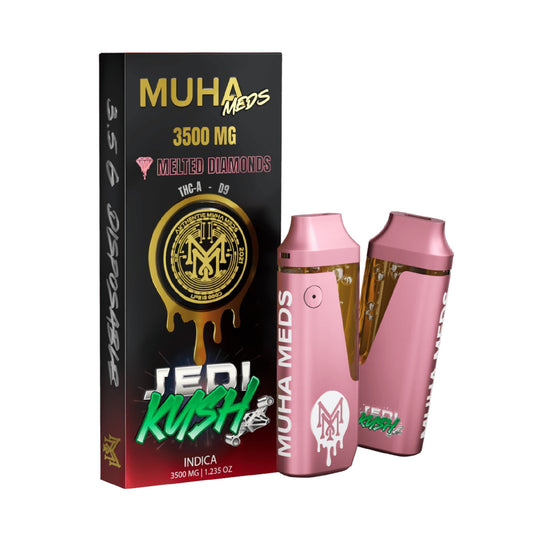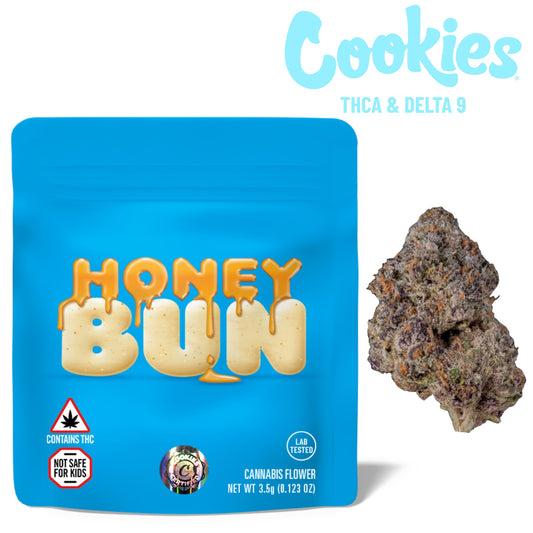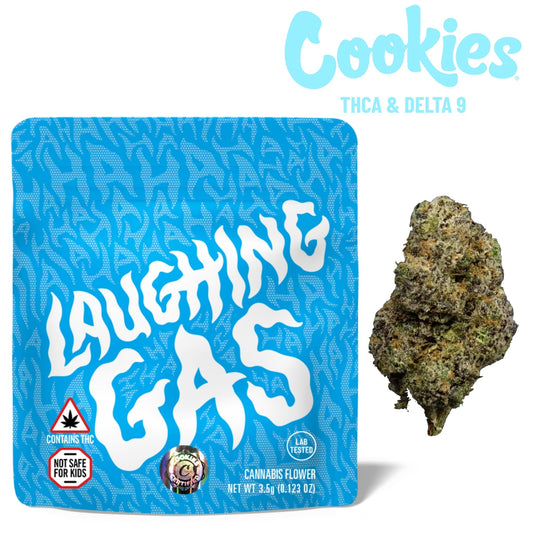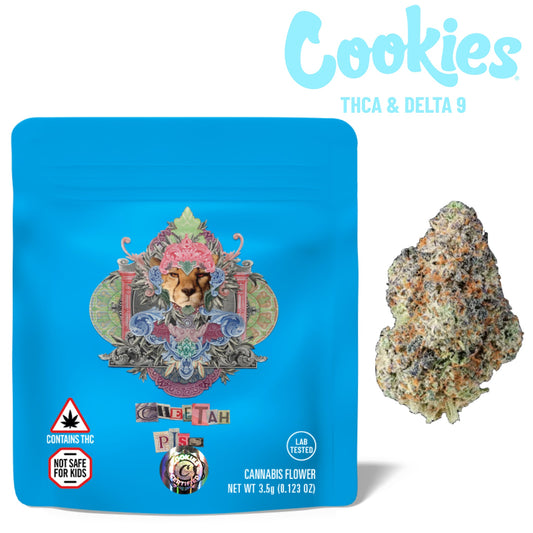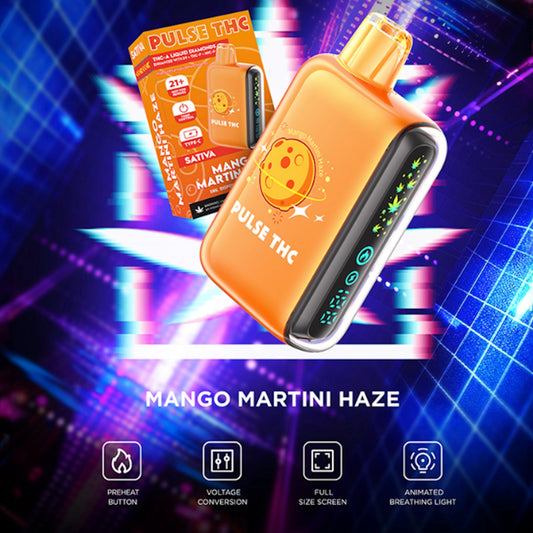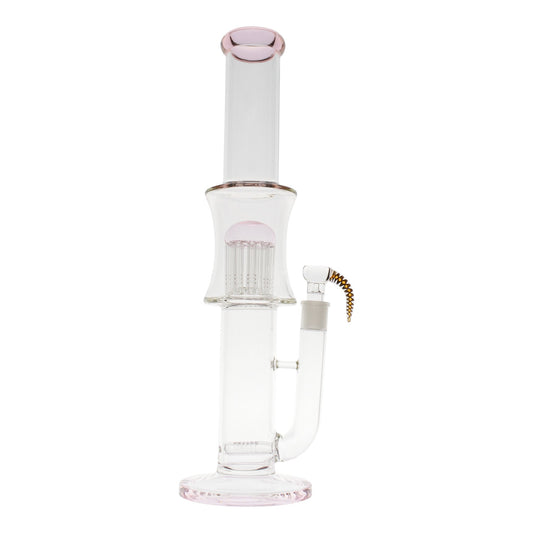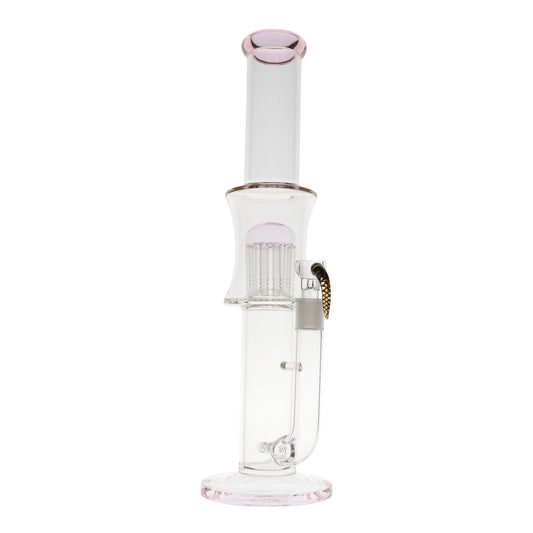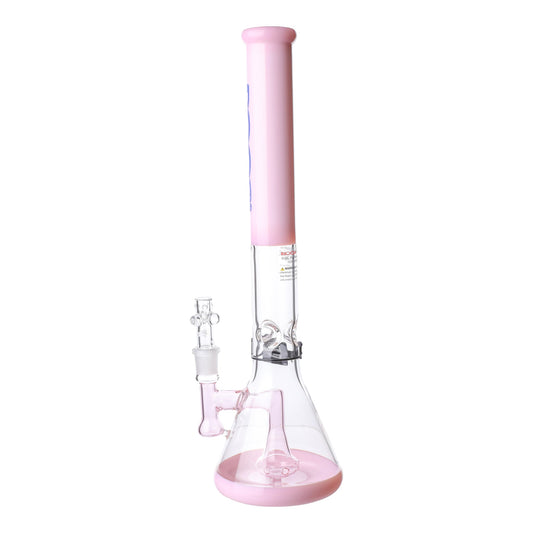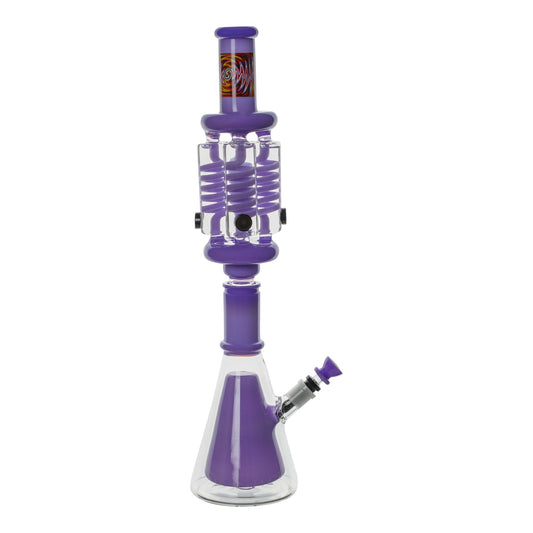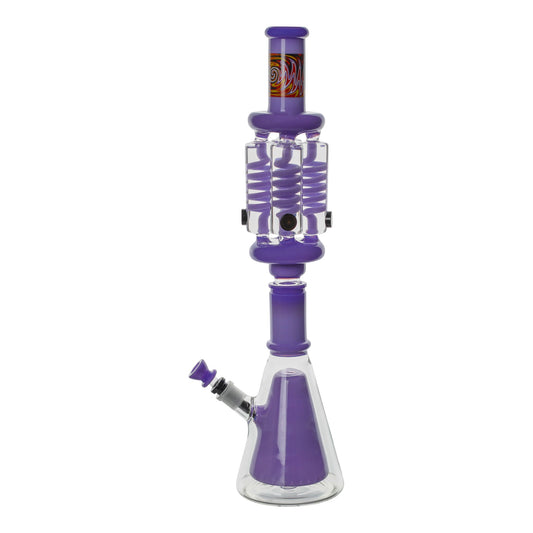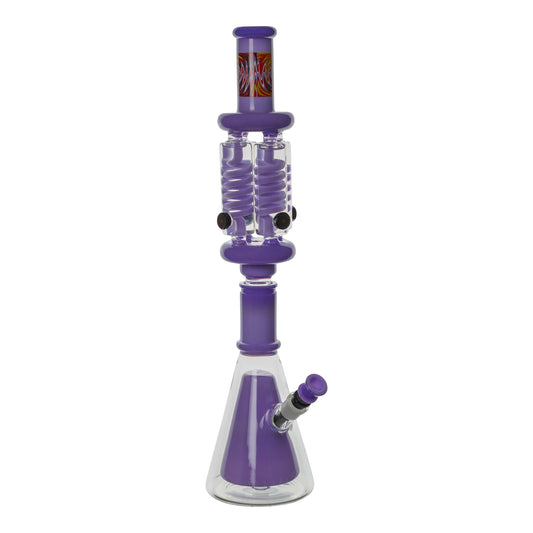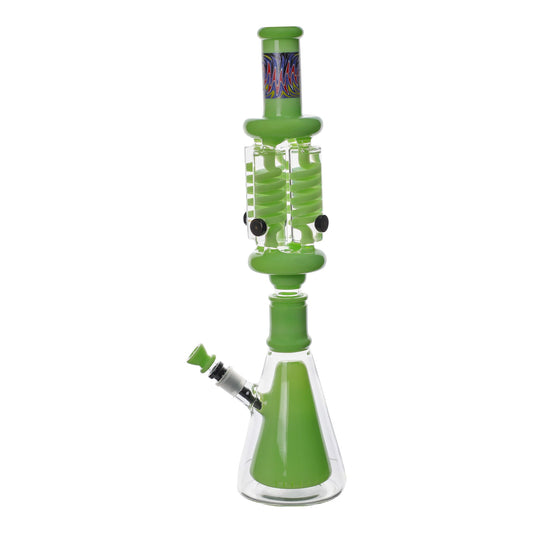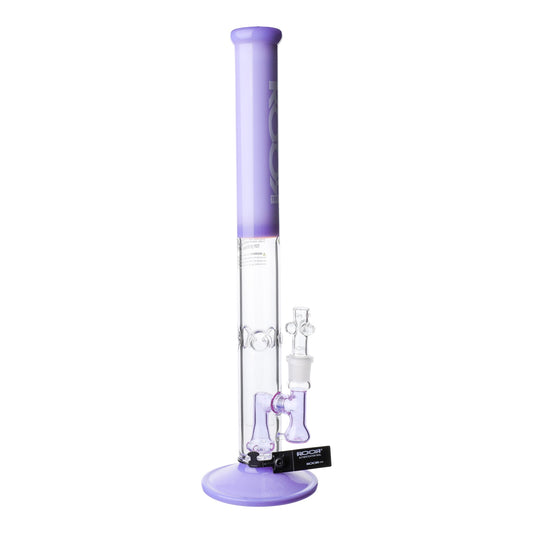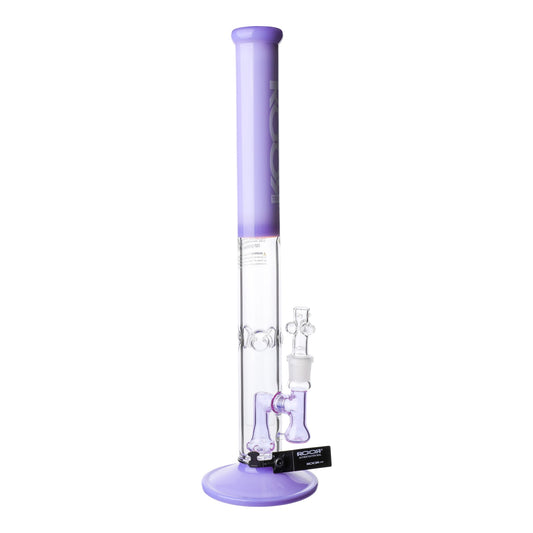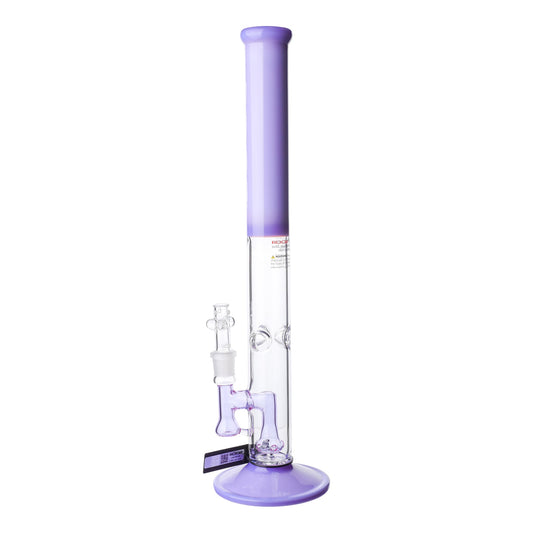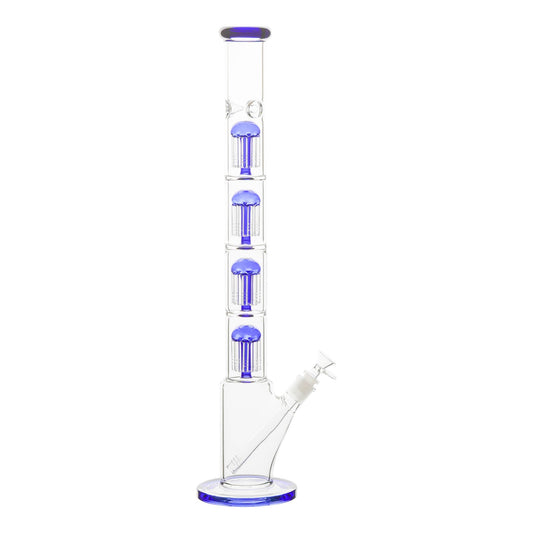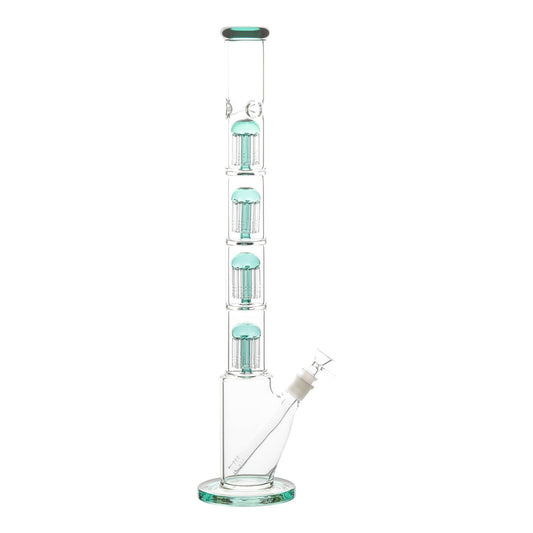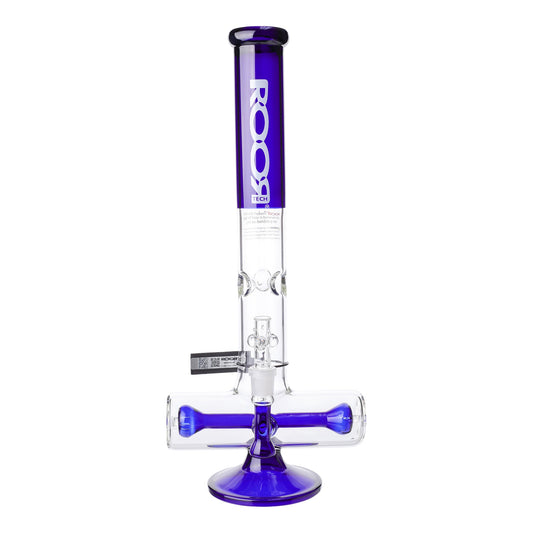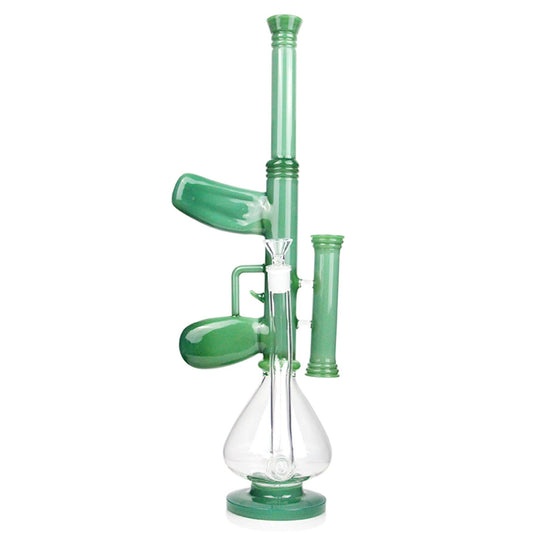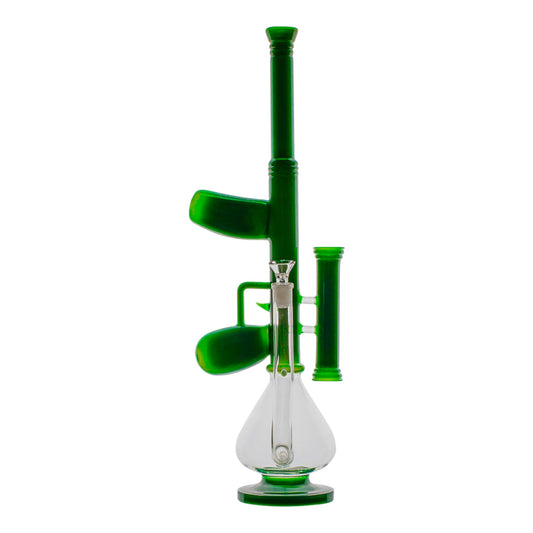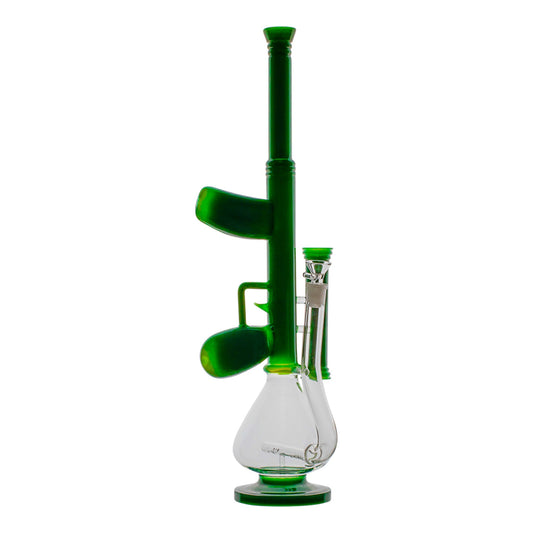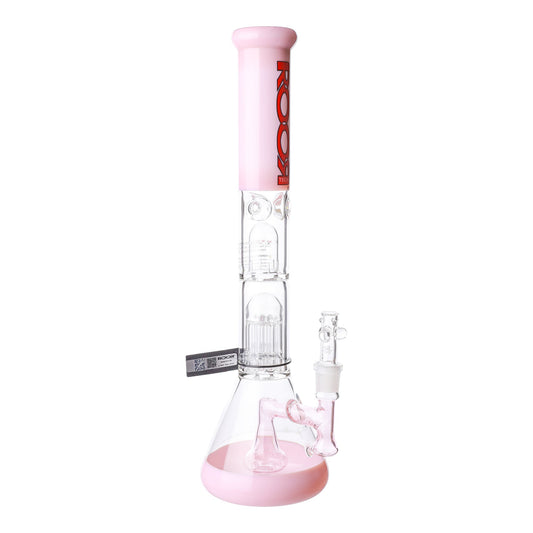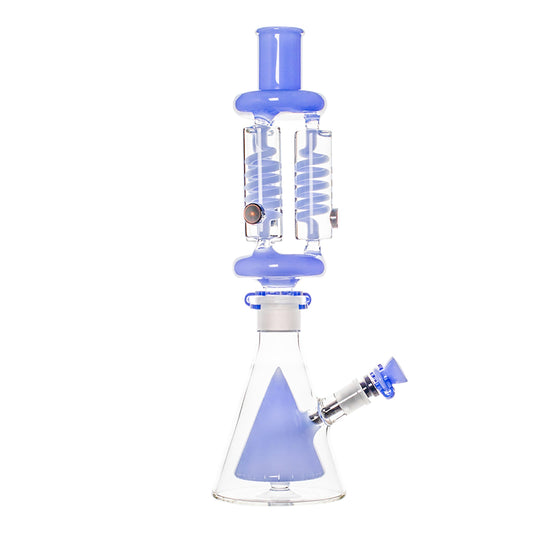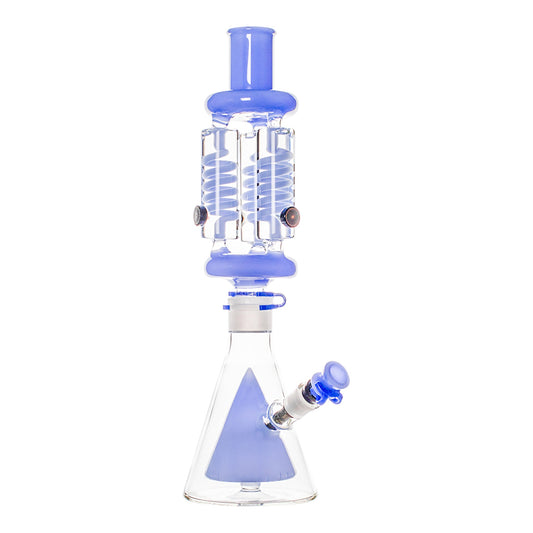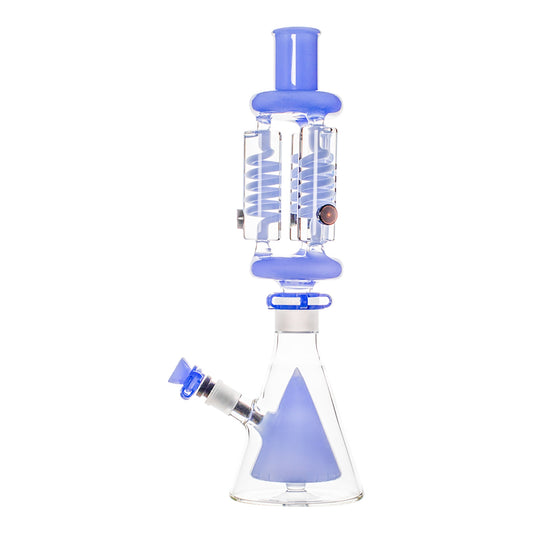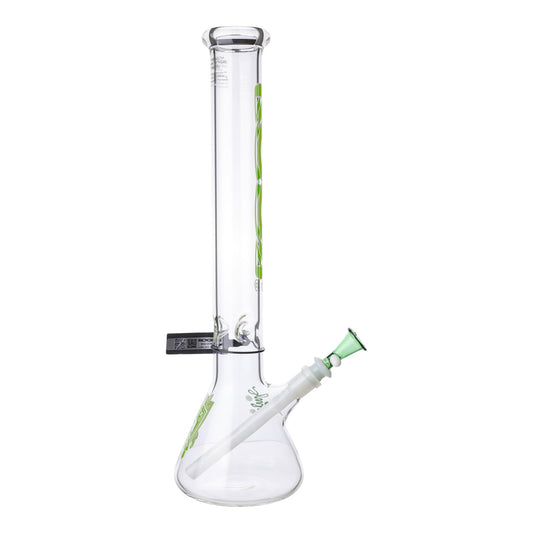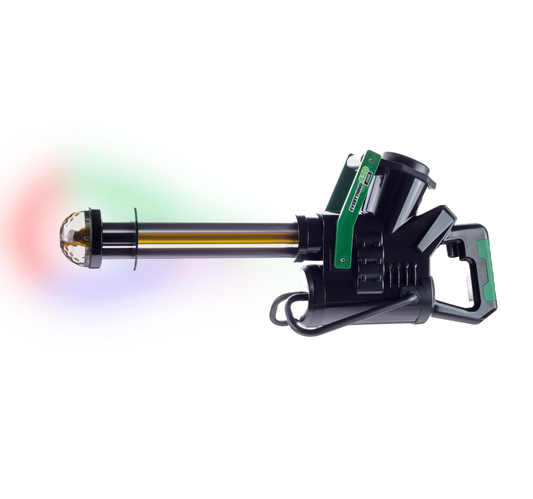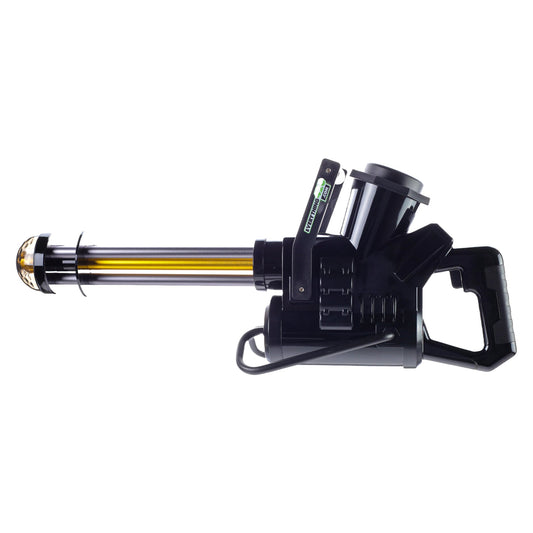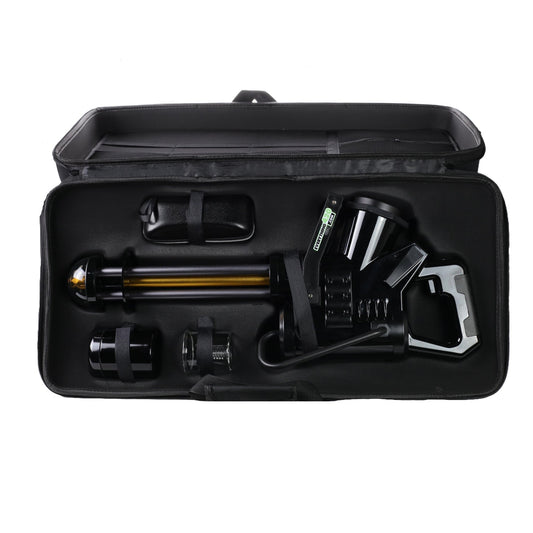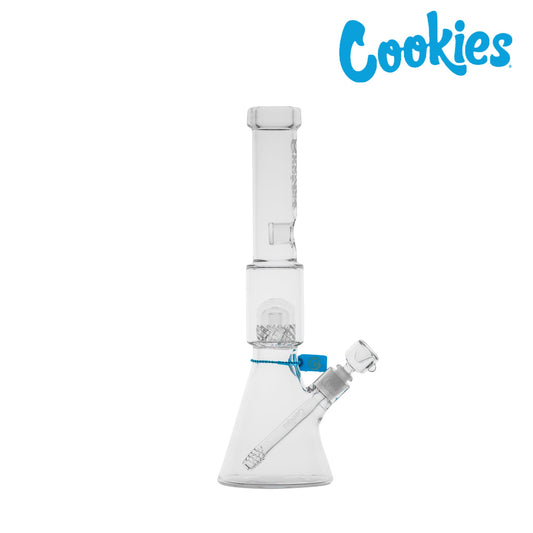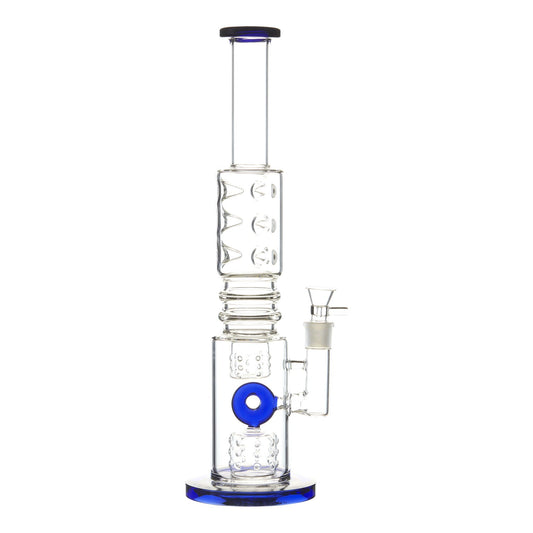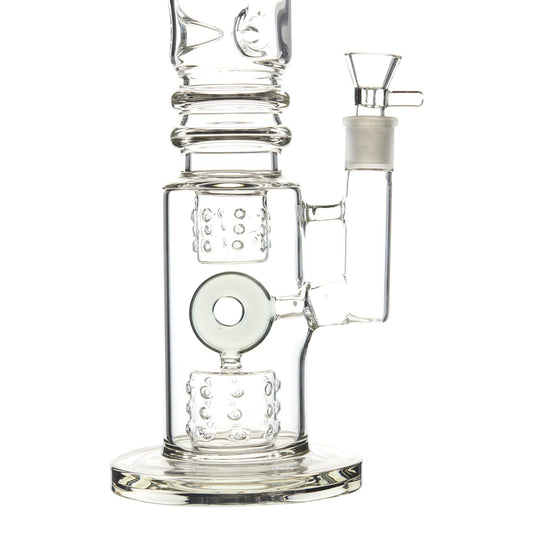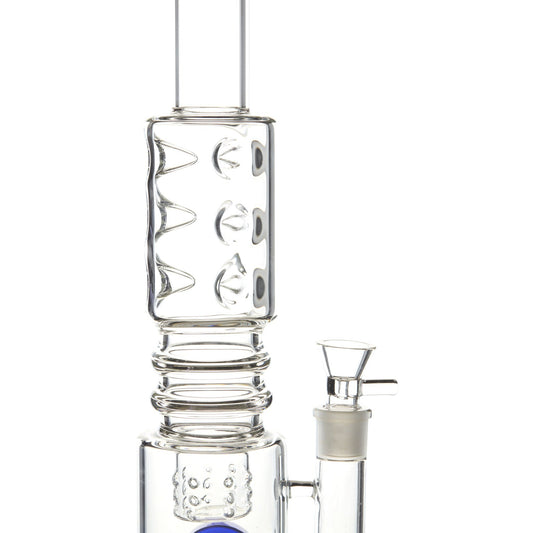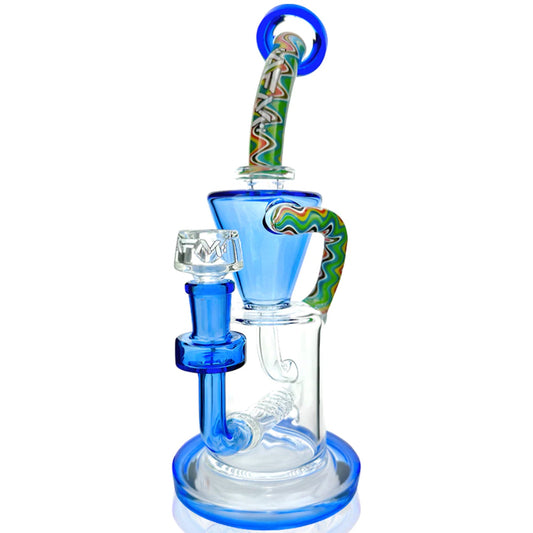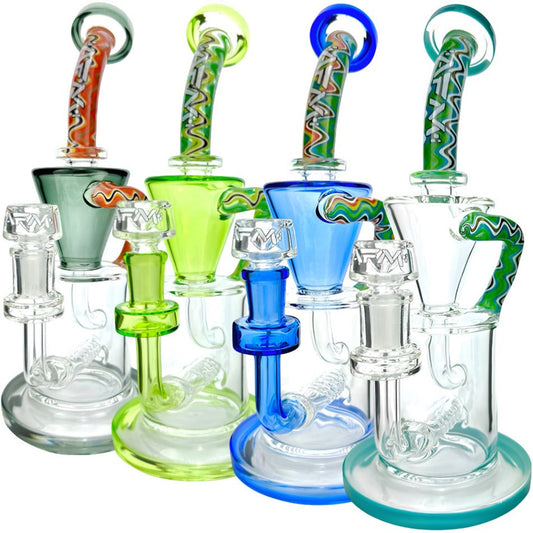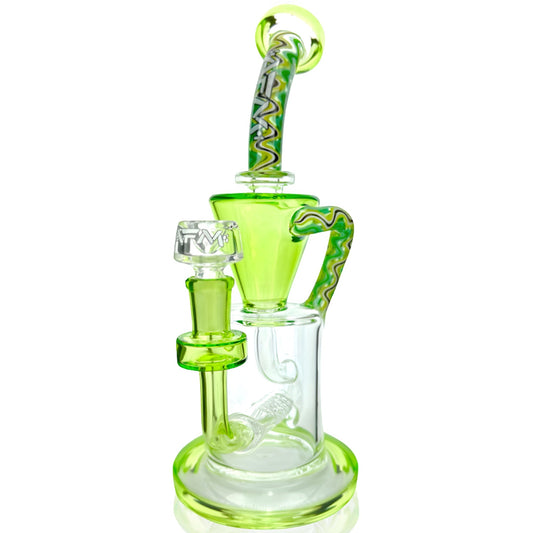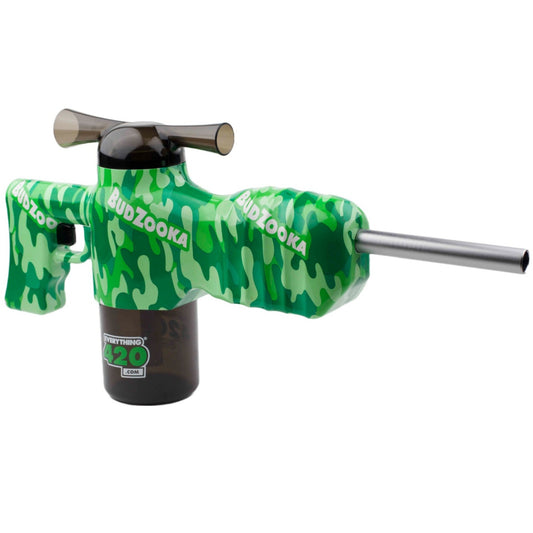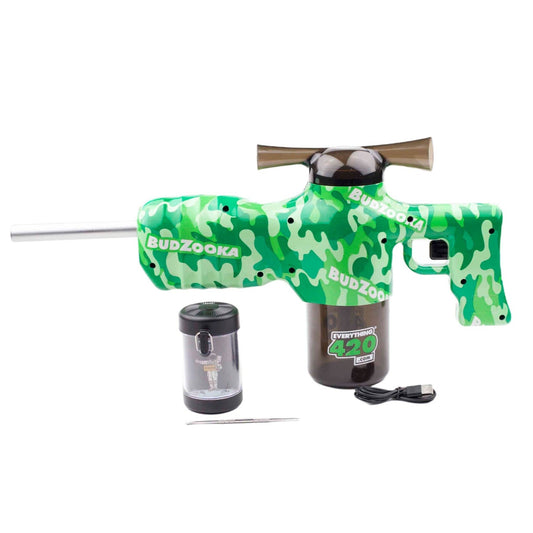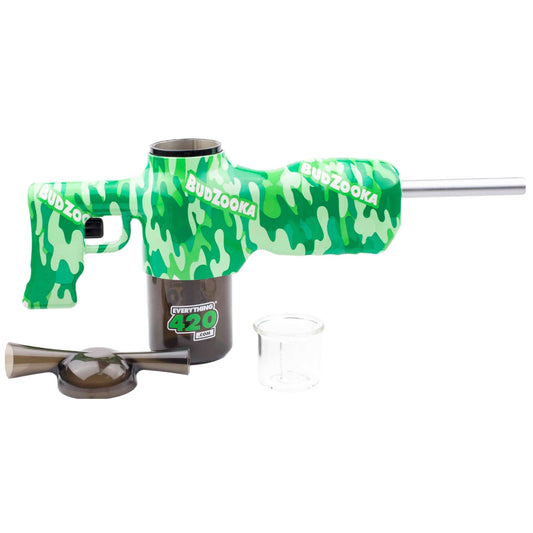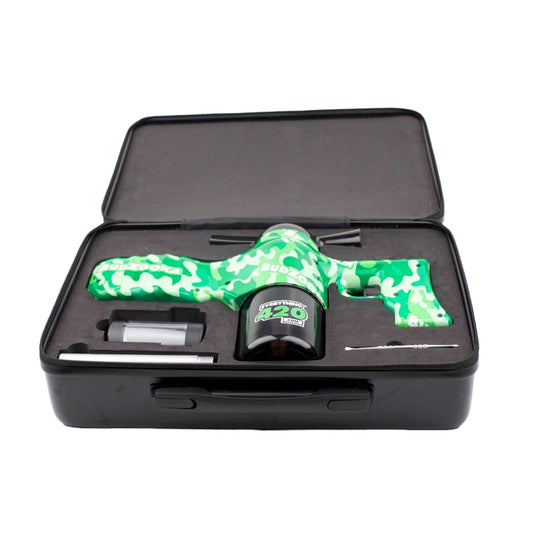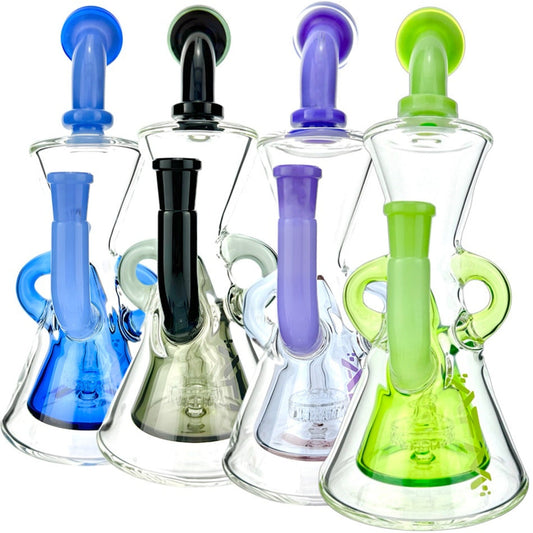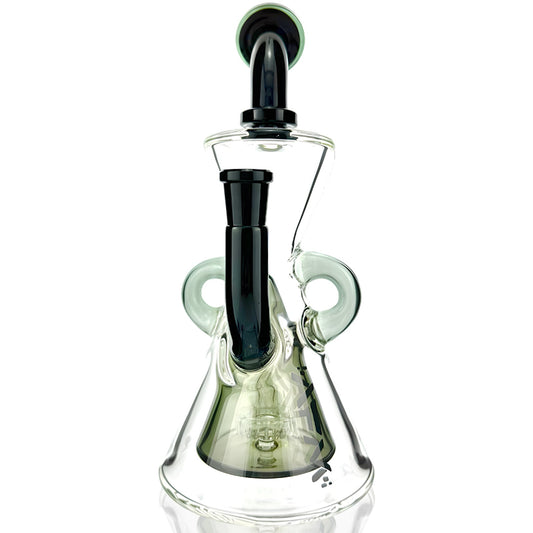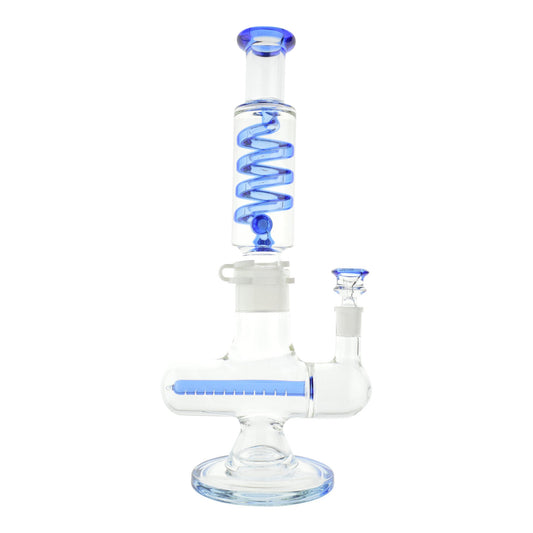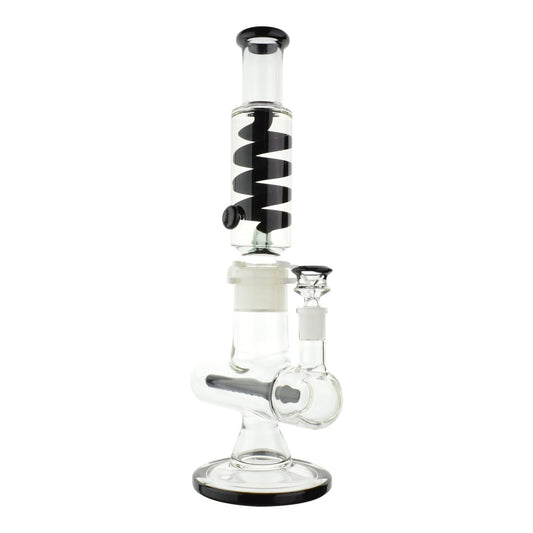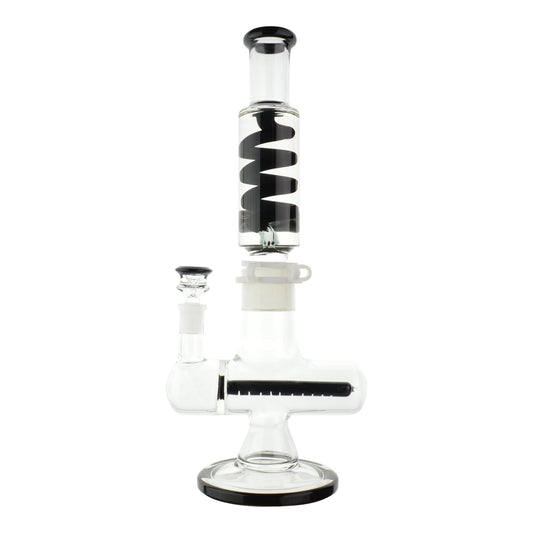Silicone – not to be confused with silicon – is a commonplace material used in dabbing tools, containers, and other accessories. This magic, plastic-like concoction has become the preferred material for a large number of smoking tools for good reason.
We’ll look at some fun facts about the material and discuss the advantages it affords smoking supplies.
Silicon and silicone
If you’ve mistakenly used the word “silicon” when referencing “silicone,” don’t worry – it’s a common enough mistake and the kind of people who point it out in public are assholes. Folks like this don’t recognize their superiority complex is the result of underlying insecurity. Feel free to call these kinds of people out, at least after you've read this blog.
Though silicone isn’t exactly silicon, the latter is the main component of this incredibly useful material. Silicon refers to the actual element (number 14 on the periodic table, to be exact) which is a component in a variety of compounds, some man-made and some naturally-occurring formations like quartz: an anion known as silicate. If you’d like a brief rundown of the differences, read through this short paper (sorry… it’s a download) from the University of Wisconsin.
Silicon: how we get it & how it becomes silicone
You'll come across all kinds of information if you Google silicon and it’s used. To be brief, this one of the most abundant, versatile, and inexpensive materials we use today however, you won't find it just chilling by itself somewhere in nature.
It’s commonly used in a variety of building materials but perhaps the most well-known application is in wafer layers used to make microchips. Hence the reason the Bay Area in California was dubbed “Silicon Valley.”

Photo: olafpictures on Pixabay
For weed uses, silicon is transformed into silicone through a fascinating manufacturing process. The link will take you to refinery website that does a great job of briefly explaining what happens to silicon-based materials during a general refining procedure. Essentially, quartz sand is heated to crazy temperatures to extract the raw silicon, which isn't so different from making weed concentrates for dabbing.
Once the raw silicon is extracted, it’s reconstituted with oxygen and other components to form silicone which is then used to make items like wax containers, dab mats, and other tools.
Silicone: great for dabs
Once the silicone is molded into its final form, it offers some great advantages not found in other materials, especially when compared more “plastic-esque” counterparts.
- Non-binding so stuff doesn’t stick – Without going into a full-blown chemistry lesson, silicone is inert and also lacks the properties that would allow it to gain an electrostatic charge. Basically, your gooey waxes won’t stick to silicone containers, making them ideal for storing waxes.
- Heat resistant – For being a polymer much like a traditional plastic (think a soda bottle or action figure), silicone is highly heat resistant. This is why dab mats are popular for regular dabbers – they act as a kind of safety net in case you were to drop a heated banger or nail plus, they catch the occasional drips of hot, sticky concentrates from your rig.
- Doesn’t break – Although silicone can break or tear in time, it tends to last for a long time because it doesn’t react with other materials and gives almost no shits about regular temperature changes.
Finally, there is one last thing to mention: silicone does have bit of controversy, especially concerning items made with BPA. With that said, the only link to anything potentially damaging is when this compound is used in things like bottle caps or baby-bottle nipples – essentially, things we directly touch with our mouths that are not made of silicone.
Most importantly: please don’t throw unwanted silicone materials in the trash or in with your recycling. It doesn’t biodegrade and requires a certain recycling process to safely break down.









